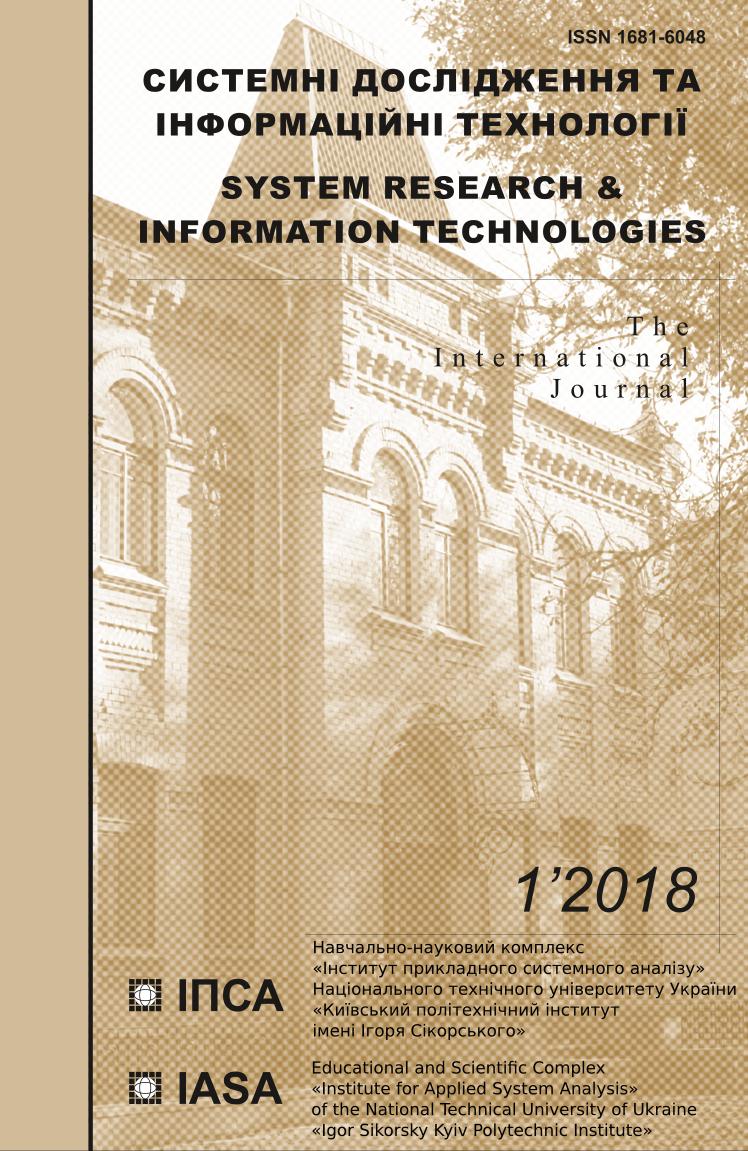Empirical analysis of Moon’s gravitational wave and earth’s global warming
DOI:
https://doi.org/10.20535/SRIT.2308-8893.2018.1.09Keywords:
global warming, Moon and Earth, global carbon dioxide, gravitational waveAbstract
This research examines a possibility of a disturbance by Moon’s gravitational wave to the Earth’s global warming process in comparison with the increase of global volume of carbon dioxide. Because the general theory of relativity that predicts the gravitational wave of a planet has a dimension of 1/(distance)2, we analyzed the data sets of global temperature and global carbon dioxide, with this dimension of gravitational wave using Least Squares Estimation of Linear Classical Regression Model, Generalized Classical Regression Model, and Nonlinear Regression Model. The results suggest that there is a disturbance to the process of global warming by the Moon’s gravitational wave. However, there is uncertainty for this conclusion because the Moon’s rotational movement around Earth gives different type of distributions of its sample data, while global temperature and carbon dioxide increase proportionally accordingly to available time-series.References
Dirac P.A.M. General Theory of Relativity / P.A.M. Dirac. — New York: Florida University, A Wiley-Interscience Publication, John Wiley & Sons, 1975. — P. 69. — Available at: http://amarketplaceofideas.com/wp-content/uploads/2014/08/P%2520A%2520M%2520Dirac%2520-%2520General%2520Theory% 2520Of%2520Relativity1.pdf
UK Department of Energy and Climate Change (DECC). — Available at: http://en.openei.org/datasets/dataset/b52057cc-5d38-4630-8395-b5948509f764/resource/f42998a9-071e-4f96-be52-7d2a3e5ecef3/download/england.surface.temp1772.2009.xls
Boden T.A. Global Regional and National Fossil-Fuel CO2 Emissions / T.A. Boden, G. Marland, R.J. Andres. — Available at: cdiac.ornl.gov/trends/emits/tre_ glob.html
Moon Distance Calculator — How Close is Moon to Earth? — Available at: https://www.timeanddate.com/astronomy/moon/distance.html?year=1987&n=367.

